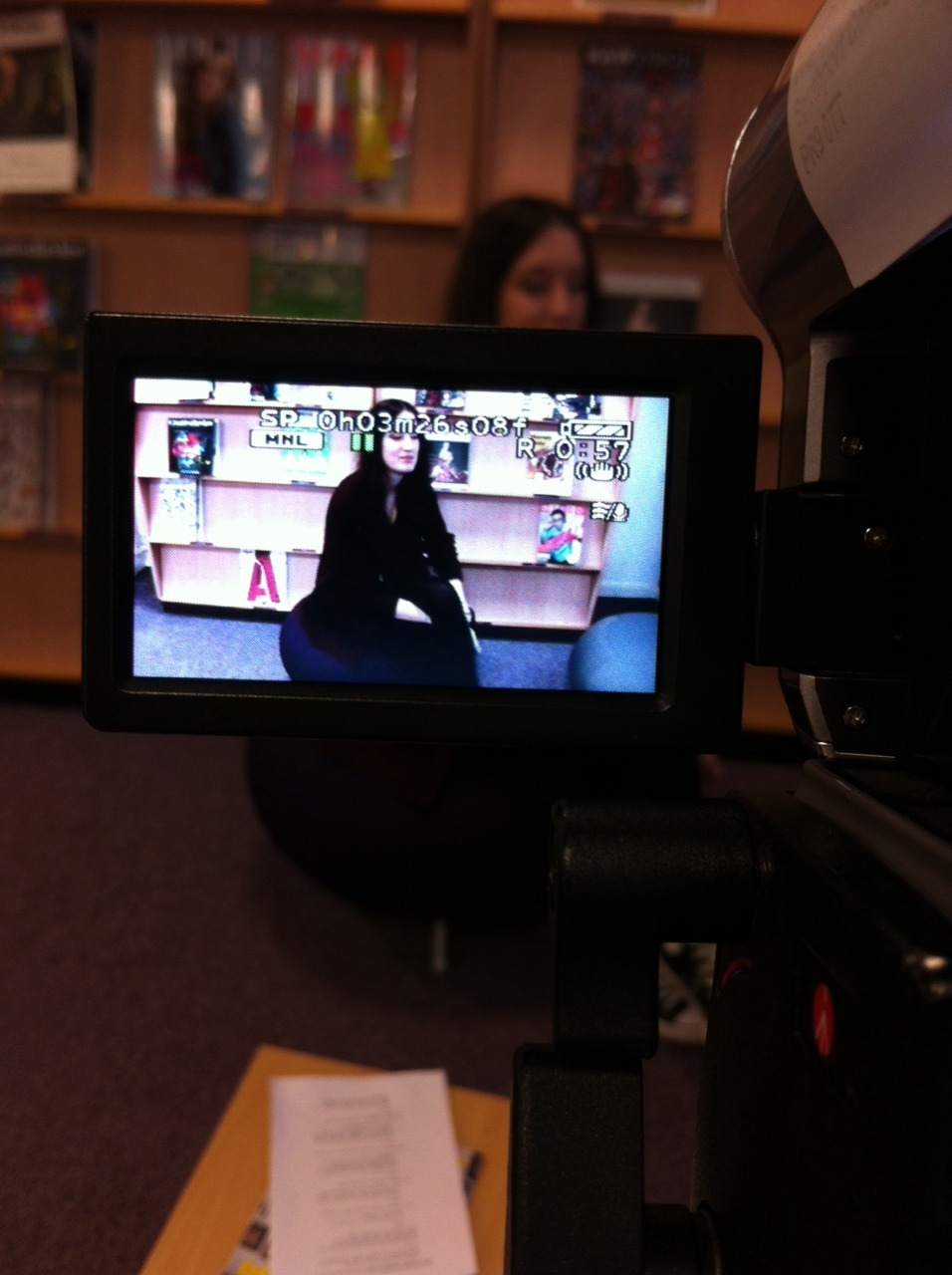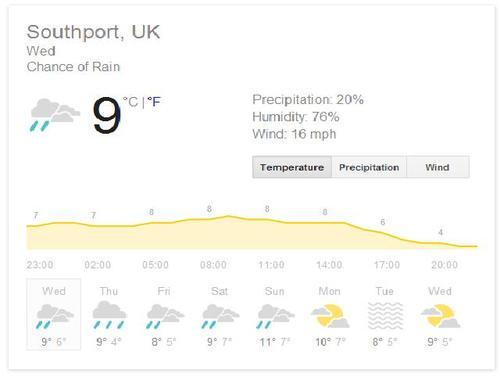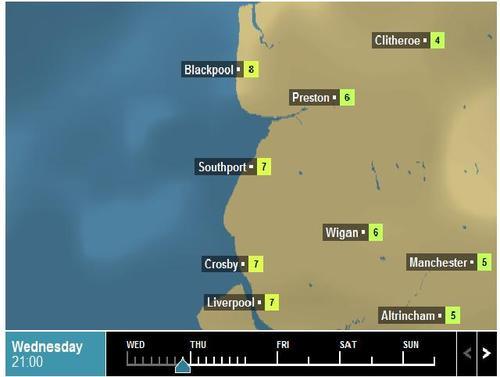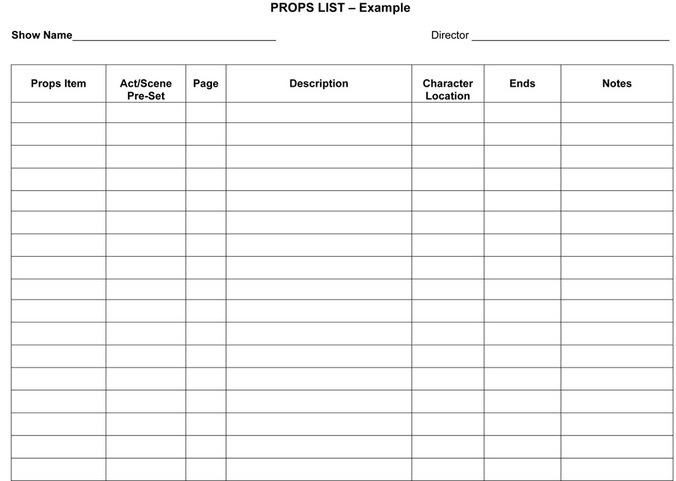Development of editing:
In-camera editing is a technique in which the footage/scenes are filmed in order rather than putting the footage in order at the end. This is an advantage for filmmakers as it is easier when it comes to the editing process. Another advantage of this type of editing is that it is less costly. However there are some disadvantages of in-camera editing as it takes a lot of planning so the shots are filmed in the precise order to how they will be presented. In my opinion I think this type of editing is easier especially for students who do not have much experience in filmmaking as of yet therefore find it easier to film my footage in order, it also saves time during the editing process which helps students to meet deadlines.
Following the action is common with big action shots such as a car chase as a camera on a tripod is not suitable with following what is happening; because of this the camera needs to be able to move freely. A common camera shot used when following the action is a tracking shot or dolly shot, this is where the camera is placed on top of a cart and moved along a track. Some dollies move vertically to capture various shots and also cranes are commonly used to capture vertical shots. I think that the car chase in the Bourne Identity is a good example of following the action, because it makes the action appear smooth over a number of different shots. The quick succession of tracking shots creates urgency and panic, which is what the scene is trying to portray. The advantages of following the action is that it allows the cameraman to follow the action and keep the camera steady at the same time it is also useful for creating tension and suspense. However there are also disadvantages of following the action shots as a dedicated technician is needed to operate the dolly, which is expensive, and mainly high budget films employ a dolly technician.
http://www.youtube.com/watch?v=4PCroVGpp9w – Following the action “Bourne Identity”

A point of view shot shows the perspective of the character. It makes it appear as if the viewer is seeing the scenes through the eyes of a certain character. Multiple points of view shots can be used which displays the perspective of multiple characters. A good example of multiple points of view is Peep Show starring David Mitchell and Robert Webb; the show follows the lives of two men after they met at university. Some parts of the shows are filmed with a camera attached to the actor’s heads or on a hat to give the viewer an identical point of view to that of the protagonist. Voice-overs are then used to display the thoughts of the characters. “Armstrong and Bain’s choice of the style was influenced by the 2000 Channel 4 documentary Being Caprice about the model Caprice Bourret which featured a similar technique that had in turn been copied from the 1999 film Being John Malkovich. Bain noted: “So it’s a third-hand steal, really. We thought it would be great for comedy, hearing someone else’s thoughts. The voices give you a whole other dimension in terms of jokes.” In my opinion I think point of view shots are very useful in “Peep Show” as they engage the audience and make it appear as if they are the character themselves therefore they feel the same emotions the character would feel.
http://www.youtube.com/watch?v=20UXFd8Rz-M – Multiple points of view ‘Peep Show’
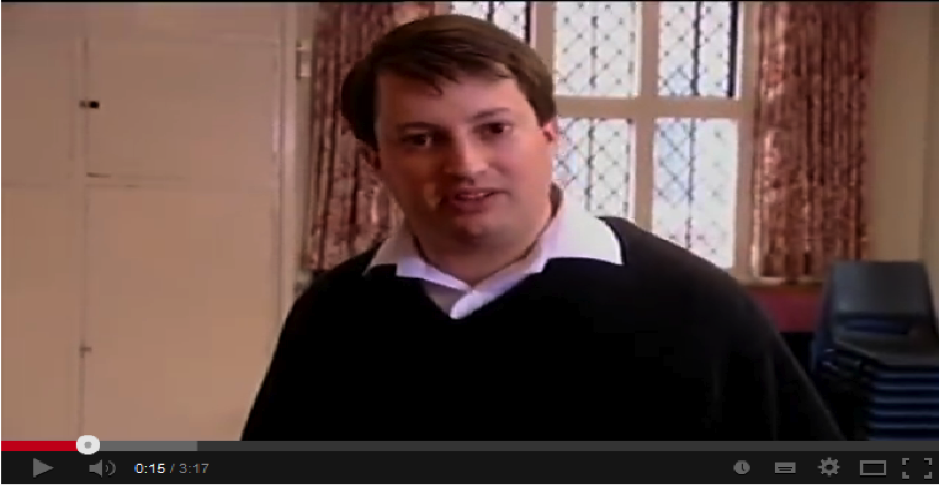
Throughout history shot variation has changed massively, in the 1950’s and earlier mainly long shots were used as people were unaware that different shots could be used to interpret different moods or create atmosphere within the scene. During this time film was very basic compared to modern day. The influence of youth has also affected the modern day film which has created all different aspects on shot variation. Another example of basic shots are the Lumiere Brothers who created some of the first films starting in 1895, the cameras during this period of time were too large to move around and change shots therefore resulting in mostly long shots. “ France’s trailblazing filmmaking brothers Auguste and Louis Lumiere produced well over a thousand short films, many of them “actualities” consisting of a single shot no longer than 45 seconds” – Michael Gloversmith, September 16th 2013.
I personally think that using shot variation is useful because it can create a different mood and atmosphere depending on which shot is used. A certain shot can change the course of the film altogether.
Diegetic is the storytelling of events, for example a narrator would be non-diegetic as they are not speaking inside the film world therefore the actors can not hear the narrator. Diegetic time can also be displayed when the editor speeds up scenes to show a long period of time in the film but in reality it is a short space of time, this allows the director to add more footage as the previous footage is compressed. This can be used to show a passing of time, from days, months to years. In 1903 ‘The Great Train Robbery’ was the first to show this type of editing. Diegetic time also works with simultaneous actions, using a technique called cross cutting, which is where two shots are filmed at separate locations but the action is happening simultaneously. An example of diegetic time and space is the ‘window scene’ in Twilight which shows the character looking out of the window and the weather changes showing all different seasons passing by.
http://www.youtube.com/watch?v=GNQASF3STWM – Diegetic time and space “Twilight”.
The history of film has had many changes up until today, which inevitably means that editing has also changed. From the first Lumiere Brothers films in the 1800’s to the modern day CGI films, editing has vastly improved. At first the early short films appeared to have no future, but the realisation of cutting footage between shots became apparent. To do this, editors would physically cut and stick pieces of film and then thread the film onto a machine with a viewer. Editing films then evolved into coloured films, to do this each shot was coloured by hand. Filmmakers started to realise that cutting the film in a certain place can change the course of the film and they can also create a different mood and reaction from the audience. Cutting and pasting in a certain place could also create flashbacks. In the modern day people were specifically employed to edit the film, Tarantino used a female editor for “Reservoir Dogs” as he believed she would be more nurturing and that was how he wanted his filmed to be portrayed. However this was slightly controversial as editors were usually male, this then gives people the idea that editing has also changed people’s opinion on the film when it comes to who the editor is. Before people were able to digitally edit films videos were used CGI has vastly improved films making it possible to make animation more advanced. Editing software is now available to add special effects into film, for example basic Apple Mac computers have ‘Final Cut Pro’ and ‘Soundtrack Pro’ which allows you to export the tape onto the computer and cut the film on the software.
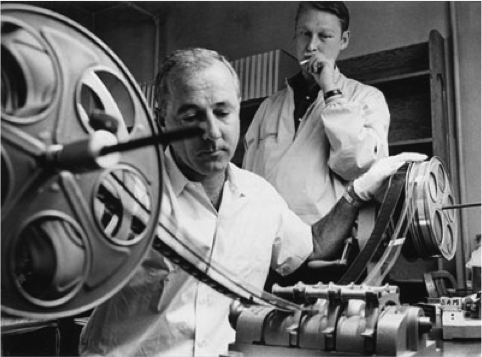
Videotapes are another form of distributing film; although they are not really used today videotapes were once a very popular form of distributing film. A videotape is a recording of images and audio put onto a magnetic tape as opposed to film stock. The first demonstration of videotape was by Bing Crosby in 1951 and later in 1955 colour videotape was developed. Video then evolved into the videocassette during 1980, which was small cartridge containing videotape. Transitions became available compared to the basic dissolves that were used before other transitions such as fade, wipe etc. were used. By the late 1970’s early 80’s editing reached it’s full potential when mini-computer editing controllers were created however these facilities were expensive and only used on mass production films.
Pioneers of editing:
Sergei Eisenstein was a Russian filmmaker and director; he was a pioneer in the theory and practices of montage a specific use of film editing. Eisenstein believed that editing could be used for more than just expounding a scene or moment, through a “linkage” of related images. He felt that combining two shots could be used to change the attitude and emotion towards the film. He developed what he called “methods of montage”. An early example of Eisenstein’s work occurs in the film “Strike!” The storyline consisted of factory workers and their families being massacred by the police. Eisenstein intercuts shots of cattle being slaughtered which were a metaphor for what is happening to the factory workers.
Sergei was a close link and former student of Lev Kuleshov, both being film theorists and both holding the same belief that the essence of cinema was in editing and they both expanded on the juxtaposition of shots. Sergei and Lev were both part of the Soviet montage cinema which was a series of films directed by Sergei and others which relies purely on the editing process. Although Sergei and Lev had disagreements on how to view montage they both contributed to the overall idea on montage editing. Eisenstein on one hand believed that montage was a collision of shots whereas Kuleshov believed it was an overlapping of shots. Eisenstein stated that “montage is the nerve of cinema” whereas Lev stated that “montage is the idea that arises from the collision of independent shots”. To show this Lev created the Kuleshov experiment also known as the Kuleshov effect. This involved an actor’s face alongside a series of other images, a women lying down lustfully, a bowl of soup and a child. The actors expression stays the same throughout, however when the opposite image changes people believed that the actor’s expression changes depending on what he was looking at, although it does not. Kuleshov used this to imply that viewers bought their own emotional reaction to the series of images. Kuleshov believed that this type of editing was an art form similarly to Eisenstein’s view. This experiment proved that it is not the content of the images that is important but their combination, therefore during editing it is possible to assemble and reassemble raw material and create any type of mood that is desired. In my opinion I think in modern day society it would be obvious to tell the difference between what emotions fit which scene as scenes are more clearer in modern films therefore it would be easier to distinguish what is happening.
http://www.youtube.com/watch?v=MCK53Lb4-pI – “The Kuleshov effect” by Alfred Hitchcock


The Lumiere Brothers were also contributors to the editing process; however their take on editing seemed different in comparison to what is most commonly known as editing. The brothers made one of the first ever films in 1896 called “L’Arrivée d’un train en gare de La Ciotat”, the footage displayed a train arriving at a station, when they showed this footage to an audience the audience were very shocked and began running away from the screen as it was so shocking during this time to see a moving image the audience believed the train would come out of the screen and crush them. The Lumiere brothers did not use editing at first they would simply shoot the footage until the film ran out, they would then screen the footage without any special effects or editing techniques. This was very unique as there was a lack of special effects the footage the Lumiere brothers filmed was always reality, the camera was never permitted to record more than what could be seen by a single individual in one fixed spot.
http://www.youtube.com/watch?v=1dgLEDdFddk – Lumiere Brothers
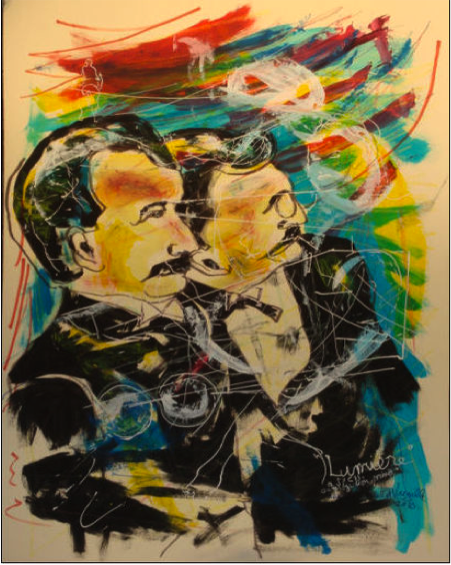
Edwin S. Porter was yet another pioneer in the editing stage, from an early age he was interested in electricity and was once employed by an electrical company. During his time working here he developed an interest in inventing electrical devices. In 1896 he then became interested in motion picture. He developed this interest and then became employed by a company that had viewing equipment made by Thomas Edison, after this he travelled through America showing films at fairgrounds and other open spaces such as fields. Later returning to New York Porter collaborated with several filmmakers making comedies. To make his unique stamp on film Porter used dissolves between shots instead of cuts that were typically used. An example of Porter’s dissolves is “Life of an American Fireman”, the dissolves technique engaged the audience and helped them to follow complex movement. In 1903 Porter made “The Great Train Robbery” which he applied several new techniques including cross-cutting. Porter also contributed to the concept of continuity editing, which paved the way for D.W Griffith’s advances in editing.
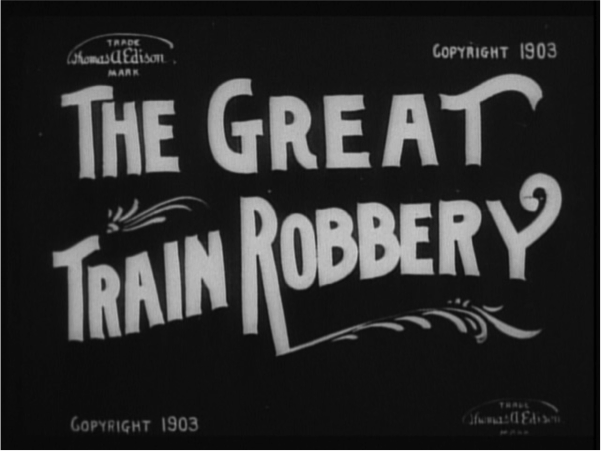
“This past summer audiences marvelled at the complex structure of Inception, a film containing dreams within dreams, all taking place and affecting each other simultaneously. Director Christopher Nolan accomplished this sophisticated form of storytelling using the technique of parallel editing, in which separate scenes in different locations or periods are cut together to make it appear as if they are unfolding at the same time. But when compared to the work of a filmmaker who directed a hundred years before Nolan, Inception doesn’t look all that mind-blowing.”
Griffith began cross-cutting short films such as “The Sealed Room” 1909 about a Queen whom has an affair the scenes of the Queen and her lover are cross-cut with those of a jealous King. These parallel actions relate in the simplest narrative terms. Not long after “The Sealed Room” Griffith’s made “A Corner in Wheat” which then developed the ideas of parallel editing. This cut between three different shots that displayed the differences in social class, this created meaning through montage. In 1915 Griffith’s created “The Birth of a Nation” which contrasted all types of montage editing those developed from Eisenstein, Kuleshov and Porter. All these various contributions to montage could compare and contrast, create cause and effect and also create irony, change in mood and also structural patterns.
http://www.youtube.com/watch?v=-MPgY4nHCaM “A Corner in Wheat” D.W Griffith’s
Keyframe, Fandor, December 15, 2010 http://www.fandor.com/keyframe/the-inception-of-movie-editing-the-art-of-d-w-griffith
Wikipedia, October 2013. http://en.wikipedia.org/wiki/Peep_Show_(TV_series)
Michael Gloversmith, September 16th 2013. White City Cinema http://whitecitycinema.com/tag/lumiere-brothers/
